You couldn't imagine a less likely acrobat than avuncular American Richard Goode. But when it comes to the piano, there's no mistaking it. A nippy little tumbler he undoubtedly is. Today we saw his fingers bounce about the keyboard like a troupe of prepubescent Romanian gymnasts. The sleepy Sunday concert that many had clearly hoped for was not going to be the narrative of this kinetic performance.
The first work on the programme might have lulled some into a false sense of security. Schumann's Kinderszenen called mostly on Goode's avuncularism. He responded with some tender pianistic sketches. Not too bright, not too full of sentiment, these portraits of childhood came across as does a well-delivered bedtime story: with directness and intimacy, simplicity and gentleness. Goode's agility prevented any somnolence. All of it came together in his evocation of the Knight of the Hobby-Horse, the near-airborne gallop of his right hand trying to break free of the see-sawing left.
The whirlwind Third Scherzo had us gawping. The finger work was lightning fast, the octave runs demonic
Kreisleriana was as stormy and impish as Kinderszenen was soft and simple. The shift was abrupt. One moment we were with a sleeping child, the next a raging teenager. Goode nailed each and every mood swing perfectly. The opening rush of blood was finely shaped and never once lost its organic feel. The passing toccata was rightly rambunctious, as if Goode's tormented and possibly hungover adolescent had opened the door on a bright and busy 19th-century Leipzig for a brief horrific moment.
Goode's agility, accompanied by terrifyingly little pedal, was frequently astonishing. The flexibility meant he could tug this jerky hormonal story anywhere he wanted. Rarely has a Kreisleriana helter-skeltered so violently. Rarely has the final dance sounded so deranged. Possibly there could have been more innig. Certainly the second movement seemed a little rushed. But there was more than enough innig in the sixth movement to make up for this.
Where Schumann hops, skips and jumps, Chopin swims. Goode was graceful in the long strokes of the Nocturne in E flat major, Op 55 No 2 that began the all-Chopin second half. We dipped into a couple of Waltzes. And a beautiful segue was to be had moving from the Gothicism of the Third Scherzo into the Pierrot-like tomfoolery of the A flat major Waltz. But it was the whirlwind Scherzo that had us gawping. The finger work was lightning fast, the octave runs demonic. It trumped everything around it, even a very fine performance of the Third Ballade.

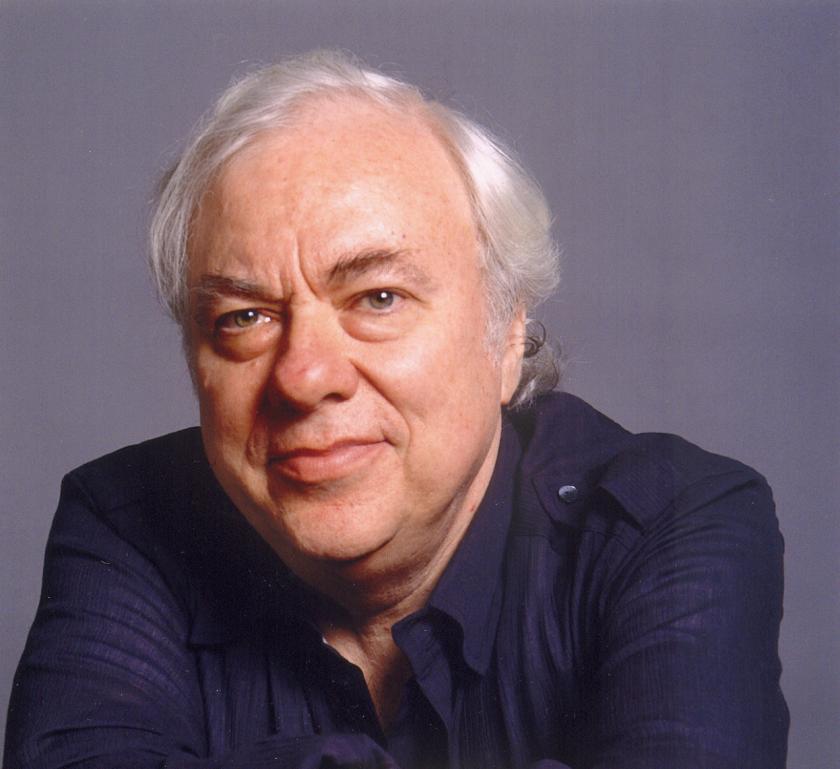






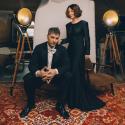


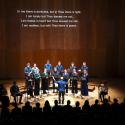
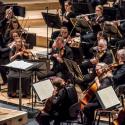
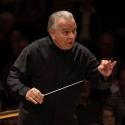
Add comment